Class 6 Exam > Class 6 Notes > Computer Science for Class 6 > Chapter Notes: Basics of Computer
Basics of Computer Chapter Notes | Computer Science for Class 6 PDF Download
Introduction
A computer is a programmable machine distinguished by its ability to follow a specific set of instructions and execute a predetermined list of tasks.
Key Characteristics of Computers
- Computers respond to instructions in a precise manner, operating based on well-defined commands.
- They can execute a sequence of pre-programmed instructions efficiently.
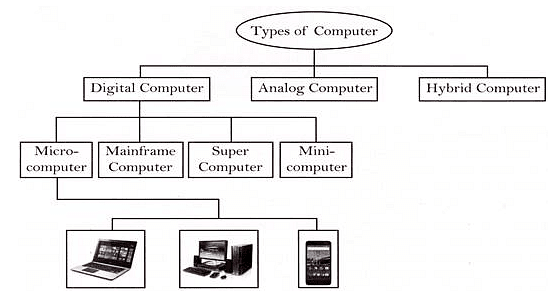
Types of Computers
Computers come in various forms, ranging from large mainframes to portable laptops and even tiny microcontrollers embedded in mobile devices.
Varieties of Computers
- Computers differ in design and functionality, catering to diverse user needs and preferences.
- They can vary in size, from massive machines occupying entire buildings to compact laptops and handheld devices.
Classification of Computers
Computers are classified based on their operational principles, leading to three primary types of computers.
Types of Computer Classifications
Based on operation principles, computers are categorized into three main types, each serving distinct purposes.
Analog Computers
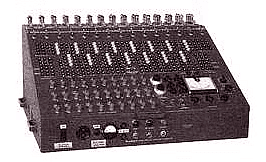
- Analog computers process continuous data such as temperature, pressure, and voltage, representing quantities with an infinite range of values.
- These were the initial computers developed and laid the foundation for modern digital computers.
Digital Computers
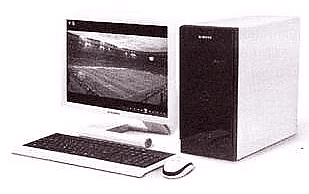
- Digital computers operate using digits to represent numbers, letters, or special symbols. They work with ON-OFF inputs and produce ON-OFF signals as outputs.
- Typically, 1 represents ON and 0 represents OFF. Digital computers can handle both numeric and non-numeric data, performing arithmetic and logical operations.
- Modern computers are predominantly digital due to their precision in results compared to analog computers. Digital computers have memory capabilities, unlike analog computers.
Hybrid Computers
- Hybrid computers combine features of both digital and analog computers, offering the speed of analog systems and the memory and accuracy of digital ones.
- These computers are utilized in specialized applications that require processing both continuous and discrete data.

Based on Configuration
On the basic of configuration of operations, there are four types of computer. Configuration can be based on architecture, processing, power, size, memory or capabilities.
Super Computers
- Supercomputers are the most powerful in terms of performance and data processing.
- They are utilized for research, space exploration, weather forecasting, etc.
Characteristics of Supercomputers:
- Utilize Artificial Intelligence (AI)
- Known for their speed and power
- Considered very expensive and large in size
- Commonly used by manufacturing firms for various tasks
- Have exceptionally high processing speeds
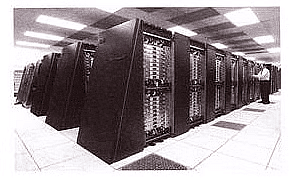
Mainframe Computers
- Mainframe computers, though less powerful than supercomputers, are still costly.
- Large organizations like banks and government agencies use them for data processing and storage.
- They serve as servers in network environments and can manage multiple users at once.
- Used by banks, educational institutions, and insurance companies for data management.
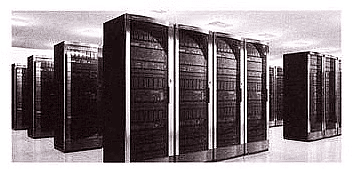
Features of Mainframe Computers
- They possess extensive memory capacity.
- Capable of running multiple operating systems simultaneously.
- Equipped with a large number of CPUs for high-speed processing.
- Utilize Tightly Coupled Clustering Technology.
Minicomputers
- Minicomputers, also referred to as 'Midrange Computers', are commonly utilized by small businesses and firms. These systems, akin to mainframes, often support multiple users and offer slightly slower processing speeds.
- For instance, a production department might leverage minicomputers to monitor specific production processes.

Features of Minicomputers
- Compact in size compared to Mainframes or Supercomputers.
- Less expensive than mainframes or supercomputers.
- Capable of multitasking efficiently.
- Support concurrent usage by multiple users.
- Primarily used by small enterprises.
Microcomputers
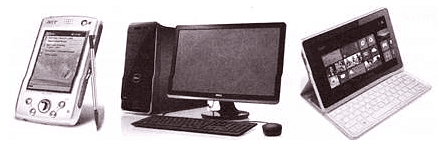
- Microcomputers, commonly known as Personal Computers (PCs), are scaled-down computing devices designed for individual use. They are typically equipped with a microprocessor as the central processing unit (CPU) and utilize RAM for memory storage.
- Microcomputers are the most affordable type of computers, typically containing components like CPU, RAM, ROM, I/O ports, and a bus system within a motherboard. They are commonly used for general purposes such as entertainment, education, and work.
Features of Microcomputers
- Microcomputers are primarily used for personal applications.
- They are relatively inexpensive and compact in size.
- Microcomputers do not support multiple users simultaneously.
- They possess lower computing power compared to larger computer systems.
- Microcomputers are known for their user-friendly interface and ease of use.
The document Basics of Computer Chapter Notes | Computer Science for Class 6 is a part of the Class 6 Course Computer Science for Class 6.
All you need of Class 6 at this link: Class 6
|
39 videos|28 docs|6 tests
|
FAQs on Basics of Computer Chapter Notes - Computer Science for Class 6
| 1. What are the different types of computers? |  |
Ans. Computers can be classified into three main types: analog computers, digital computers, and hybrid computers.
| 2. What are the features of mainframe computers? |  |
Ans. Mainframe computers are known for their high processing power, large storage capacity, ability to handle multiple users simultaneously, and reliability.
| 3. What are microcomputers? |  |
Ans. Microcomputers are small, low-cost computers that are commonly used for personal and small business purposes. They include desktop computers, laptops, tablets, and smartphones.
| 4. How are computers classified based on configuration? |  |
Ans. Computers can be classified based on configuration into mainframe computers, mini computers, microcomputers, and supercomputers, depending on their size, processing power, and intended use.
| 5. What is the difference between analog and digital computers? |  |
Ans. Analog computers use continuous data and physical quantities for calculations, while digital computers use discrete data and numerical values. Hybrid computers combine features of both analog and digital computers for specific applications.
Related Searches
















